In the vast realm of cables, each type serves a specific purpose and exhibits unique characteristics. One such cable that stands out for its wide range of applications and efficient signal transmission capabilities is the coaxial cable. Coaxial cables are widely used in various industries, including telecommunications, broadcasting, and networking. We will explore the distinctive features of coaxial cables that set them apart from other types of cables, examining their structure, advantages, and applications.
Understanding Coaxial Cable:
A coaxial cable, often referred to as "coax," consists of two concentric conductors separated by an insulating material and enclosed within an outer conductor or shield. The inner conductor is typically a solid or stranded copper wire, serving as the signal-carrying medium. Surrounding the inner conductor is a dielectric insulating layer, followed by a metallic outer conductor, usually made of braided wire or foil. The outer conductor is then covered by an insulating sheath or jacket, providing mechanical protection to the cable.
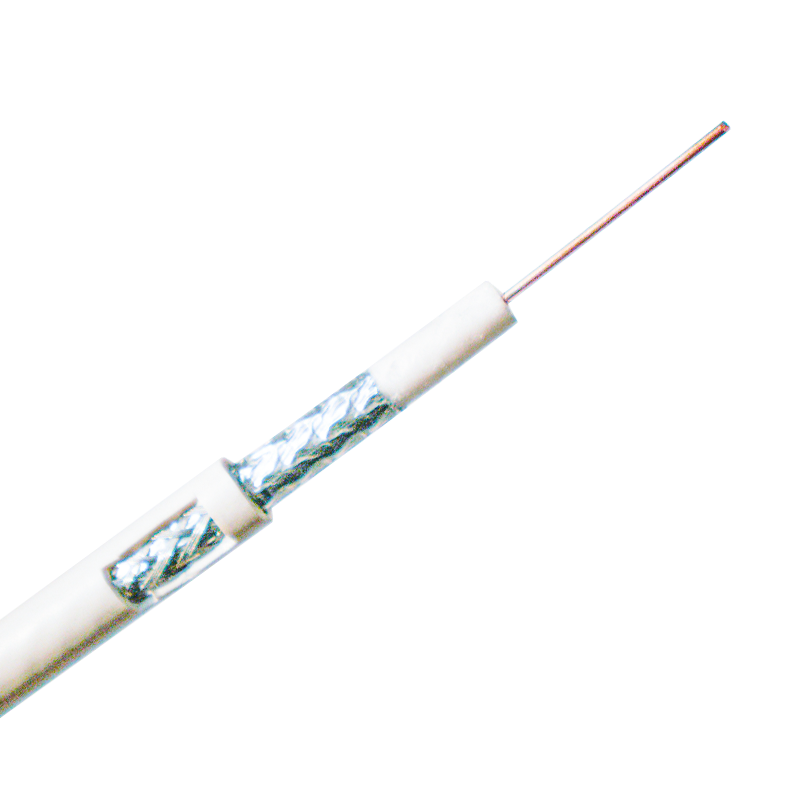
Differentiating Features of Coaxial Cable:
Signal Isolation and Noise Immunity:
One of the primary distinctions of coaxial cables lies in their ability to provide excellent signal isolation and noise immunity. The concentric design, with the inner conductor shielded by the outer conductor, helps minimize electromagnetic interference (EMI) and radio frequency interference (RFI). This shielding prevents external signals from entering the cable and ensures reliable signal transmission, making coaxial cables ideal for applications where signal quality and integrity are paramount.
High Bandwidth and Frequency Range:
Coaxial cables offer a wide bandwidth and can transmit signals over a broad frequency range. They are well-suited for transmitting high-frequency signals such as those used in cable television, satellite communications, and high-speed data transfer. The construction of coaxial cables minimizes signal loss and attenuation, enabling the transmission of signals over long distances without significant degradation.
Low Attenuation and Impedance Matching:
Coaxial cables excel in maintaining signal strength over extended distances. The combination of the insulating dielectric layer and the outer conductor effectively reduces signal loss due to attenuation. This allows for reliable signal transmission over long cable runs without the need for frequent signal amplification or regeneration.
Coaxial cables also exhibit a characteristic impedance, typically 50 or 75 ohms, which ensures efficient signal transfer. Matching the impedance of the cable to the connected devices optimizes signal transmission, preventing signal reflections and signal degradation.
Versatility in Applications:
Coaxial cables find extensive use in various industries and applications. In telecommunications, they are commonly employed for transmitting cable television signals, high-speed internet connections (e.g., broadband internet), and telecommunications infrastructure, including long-distance phone lines.
Coaxial cables also play a vital role in broadcasting, where they are used for transmitting television and radio signals from broadcasting studios to transmission towers. The high bandwidth and reliable signal transmission capabilities of coaxial cables make them an ideal choice for delivering high-definition video and audio content to millions of viewers.
Furthermore, coaxial cables are widely used in computer networking, particularly in Ethernet applications. They serve as the backbone for connecting routers, switches, and other network devices, ensuring fast and stable data transmission over local area networks (LANs) and wide area networks (WANs).
Physical Durability and Easy Installation:
Coaxial cables are designed to withstand physical stress and environmental conditions. The outer conductor provides protection against external interference, while the insulating sheath or jacket shields the internal components from moisture, abrasion, and other potential damage. This robust construction makes coaxial cables suitable for both indoor and outdoor installations.
Moreover, the installation of coaxial cables is relatively straightforward. They are available in various lengths and can be easily terminated using connectors, such as BNC (Bayonet Neill-Concelman) or F-type connectors. The simplicity of installation contributes to the widespread use of coaxial cables in diverse applications.
Coaxial cables stand out among other cable types due to their distinctive features, making them a preferred choice for various industries. The concentric design, shielding capabilities, and impedance matching characteristics of coaxial cables enable efficient signal transmission, high bandwidth, and noise immunity. Whether it is for transmitting cable television signals, establishing reliable telecommunications networks, or facilitating high-speed data transfer, coaxial cables have proven their versatility and reliability. As technology continues to advance, coaxial cables will continue to play a crucial role in ensuring robust and efficient communication systems across the globe.
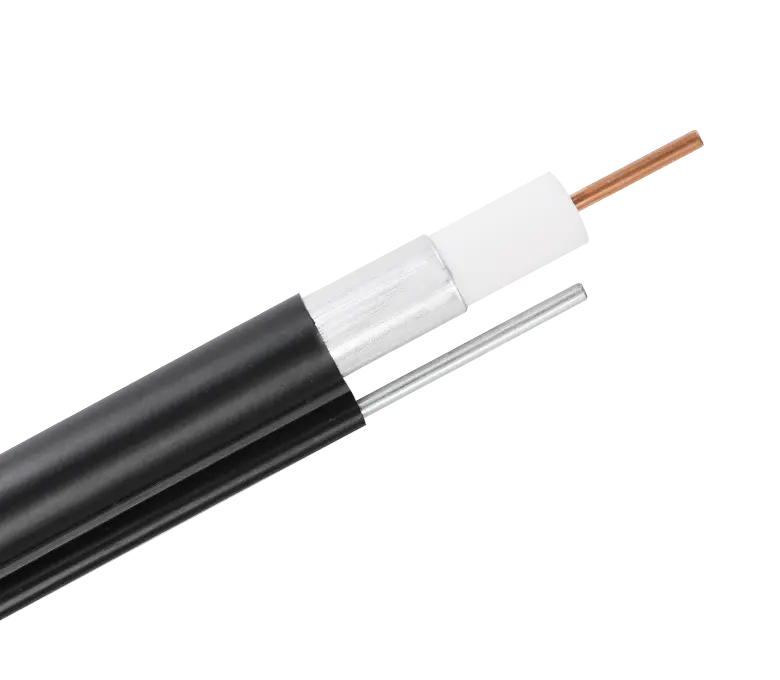
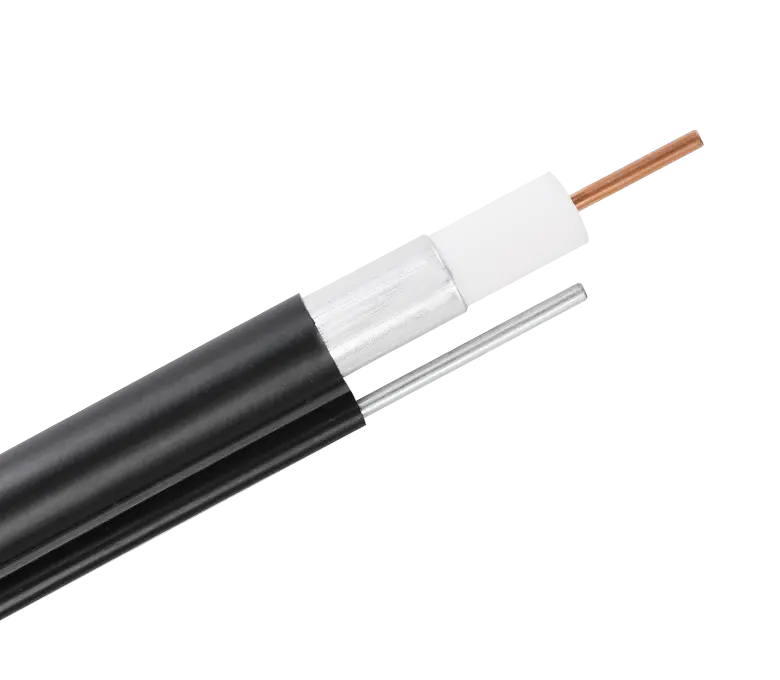
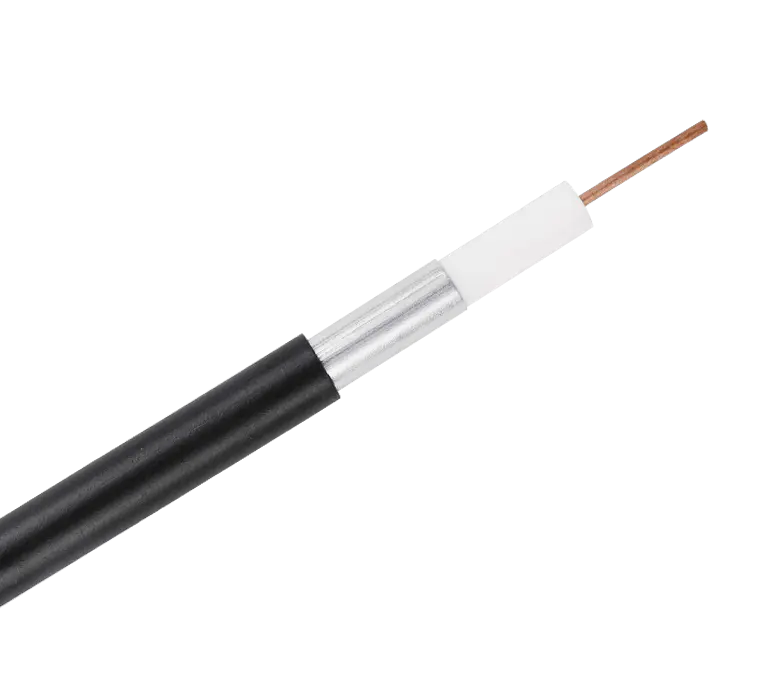
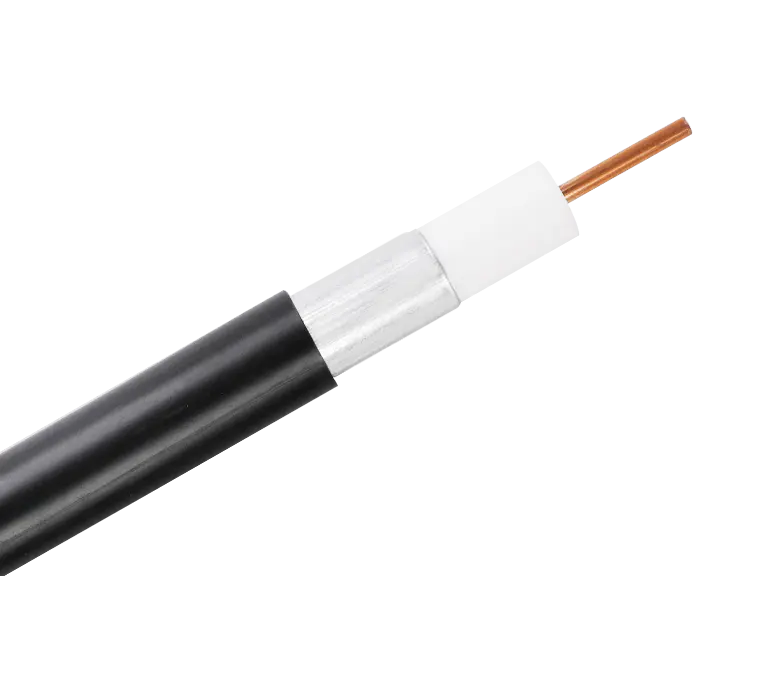
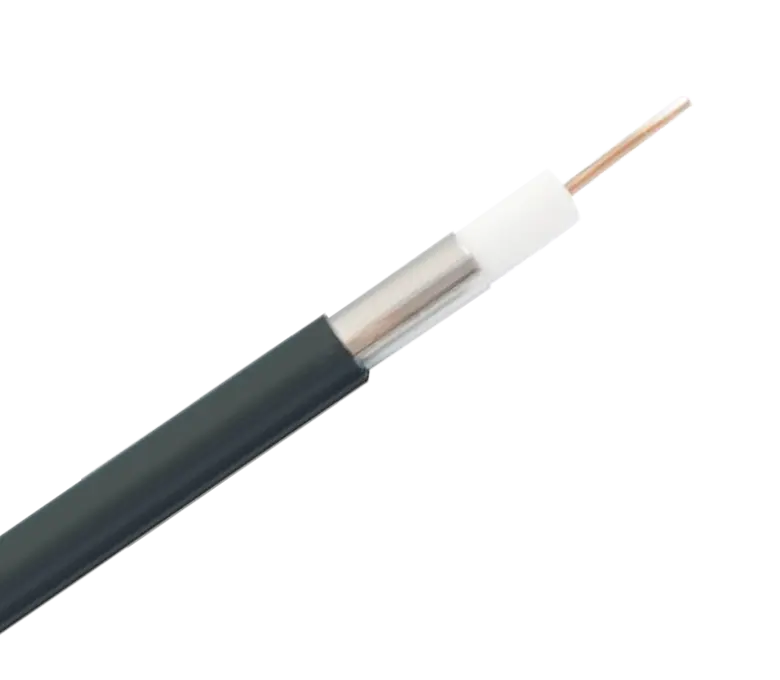
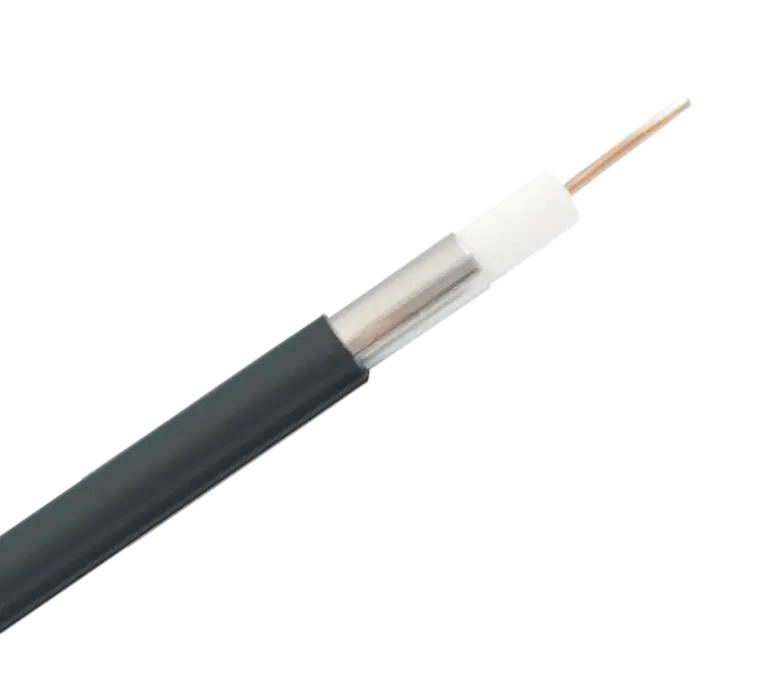
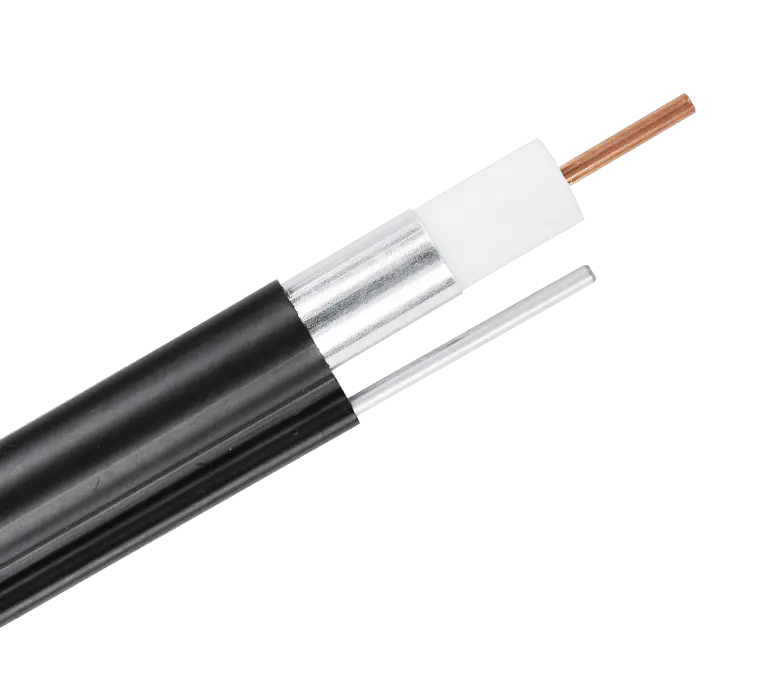
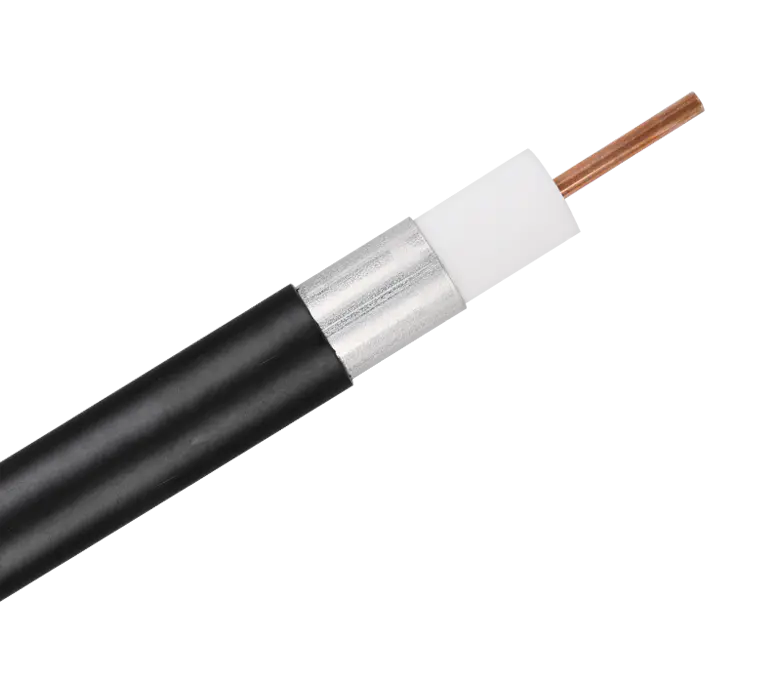
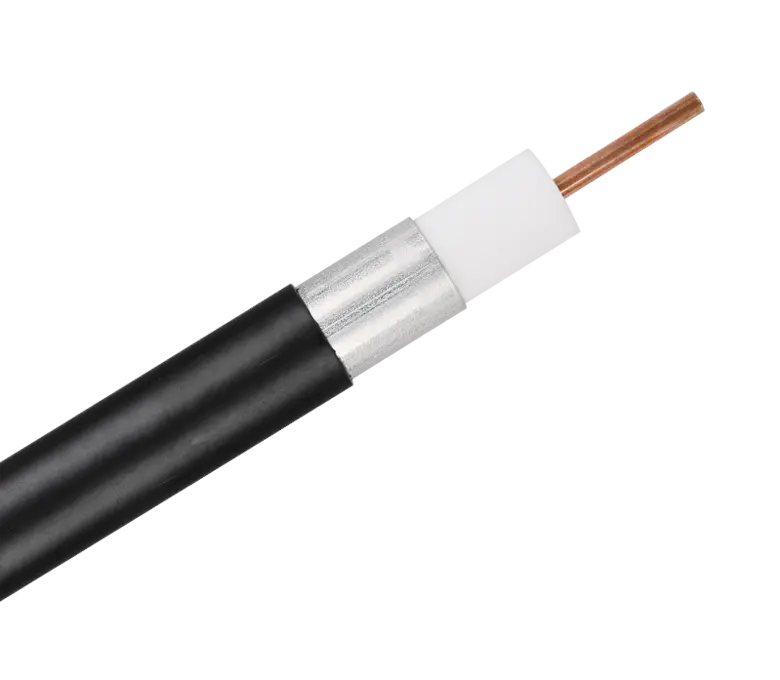
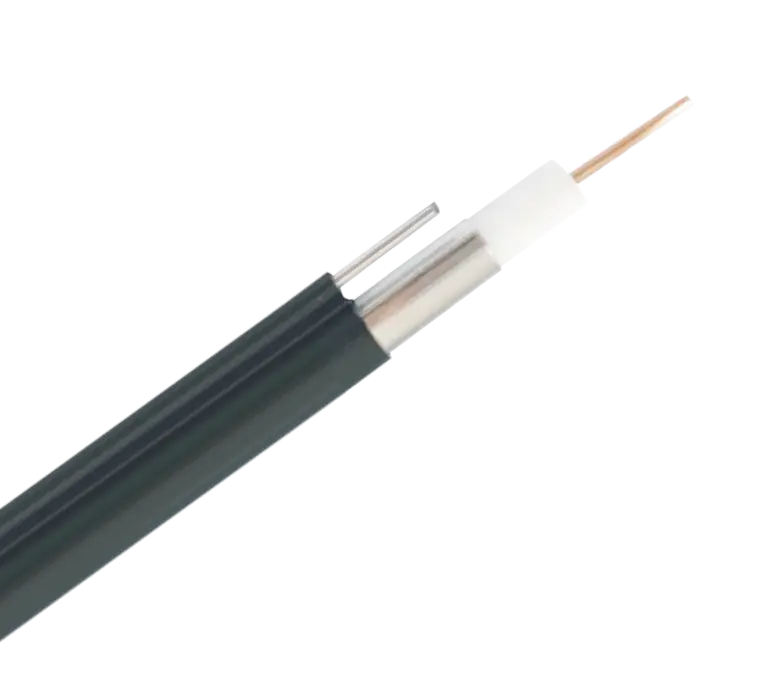
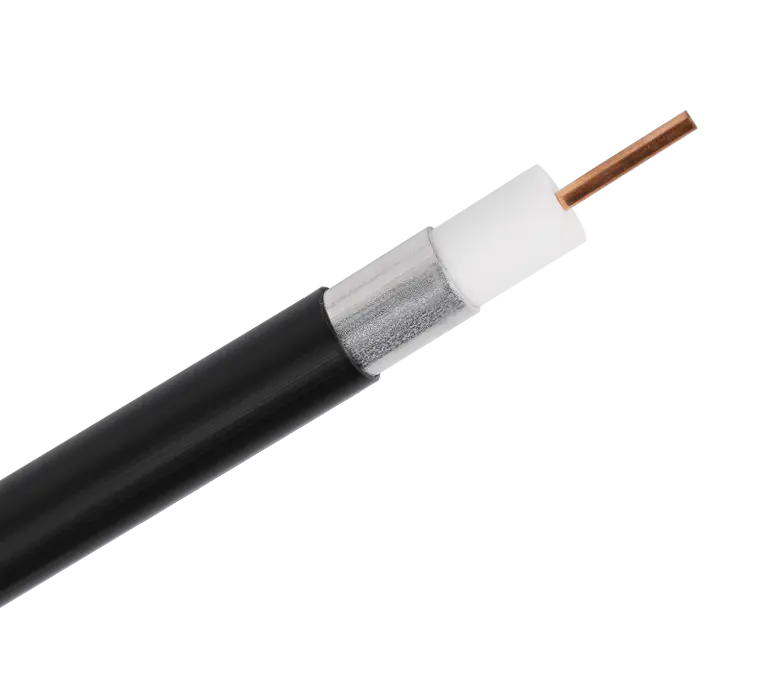
 浙公网安备33018502001191号
浙公网安备33018502001191号